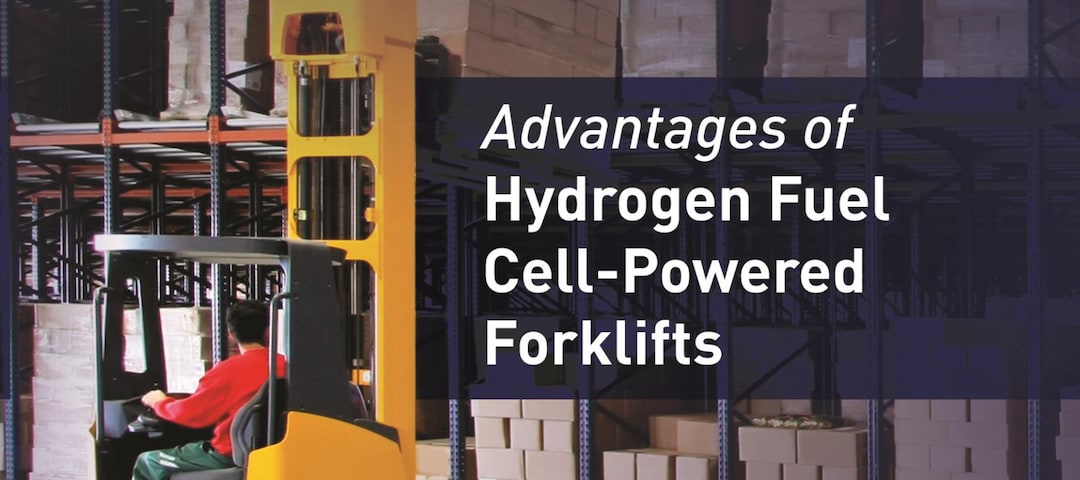Technical Blog
Coil Tubing Boosts Safety of Hydrogen Stations in Warehouse Applications

When it comes to material handling equipment, warehouse managers are increasingly making the switch from batteries to hydrogen fuel cells. Fuel cells can run on a single charge for a full eight hour shift. Batteries, on the other hand, are known to die at least once per shift and can take up to thirty minutes to change—causing downtime.
But once you make the switch to fuel cells, it can be a challenge to figure out a safe, efficient way to transport the hydrogen. Hydrogen dispensers are located within warehouses to minimize the travel time for material handling equipment, while the storage tanks are located hundreds to thousands of feet outside—and connecting the two can be tricky.
That’s where stainless-steel coil tubing comes in.
The Problem With Short, Straight Tubing
Conventional methods to connect the hydrogen dispenser and tanks utilize several short, straight seamless tubes. But this solution requires a high number of tube fittings, which engineers like to minimize. For one, having less connections reduces the overall cost of the fuel station. It also makes the warehouse safer by minimizing possible leak points.
Coil Tubing Improves Safety With Fewer Connections
One increasingly popular solution is to use stainless-steel coil tubing. Depending on the size of the tubing, the coils can be up to eighty times longer than a single stick of straight tubing. Additionally, coil tubing requires zero connections. By comparison, straight tubing running at 1,600 feet would require 79 connections.
Additional benefits of coil tubing—and its fewer connection points—include:
- Ease of use. Compared to straight tubing, it’s easier to store, ship and handle coil tubing in the field.
- Improved safety and reliability. Fewer connections means fewer potential leak points. It also increases overall system integrity and minimizes maintenance needs.
- Reduced scrap. Coil tubing can be cut to exact lengths in the field—minimizing waste.
- Lower installation costs. Installing coil tubing reduces the labor and material costs associated with joining tubes of shorter lengths.
- Better flow. Tube fittings add friction to the system, interrupting flow and reducing overall efficiency.
To learn more about our stainless-steel coil tubing, download the white paper.
Sources







